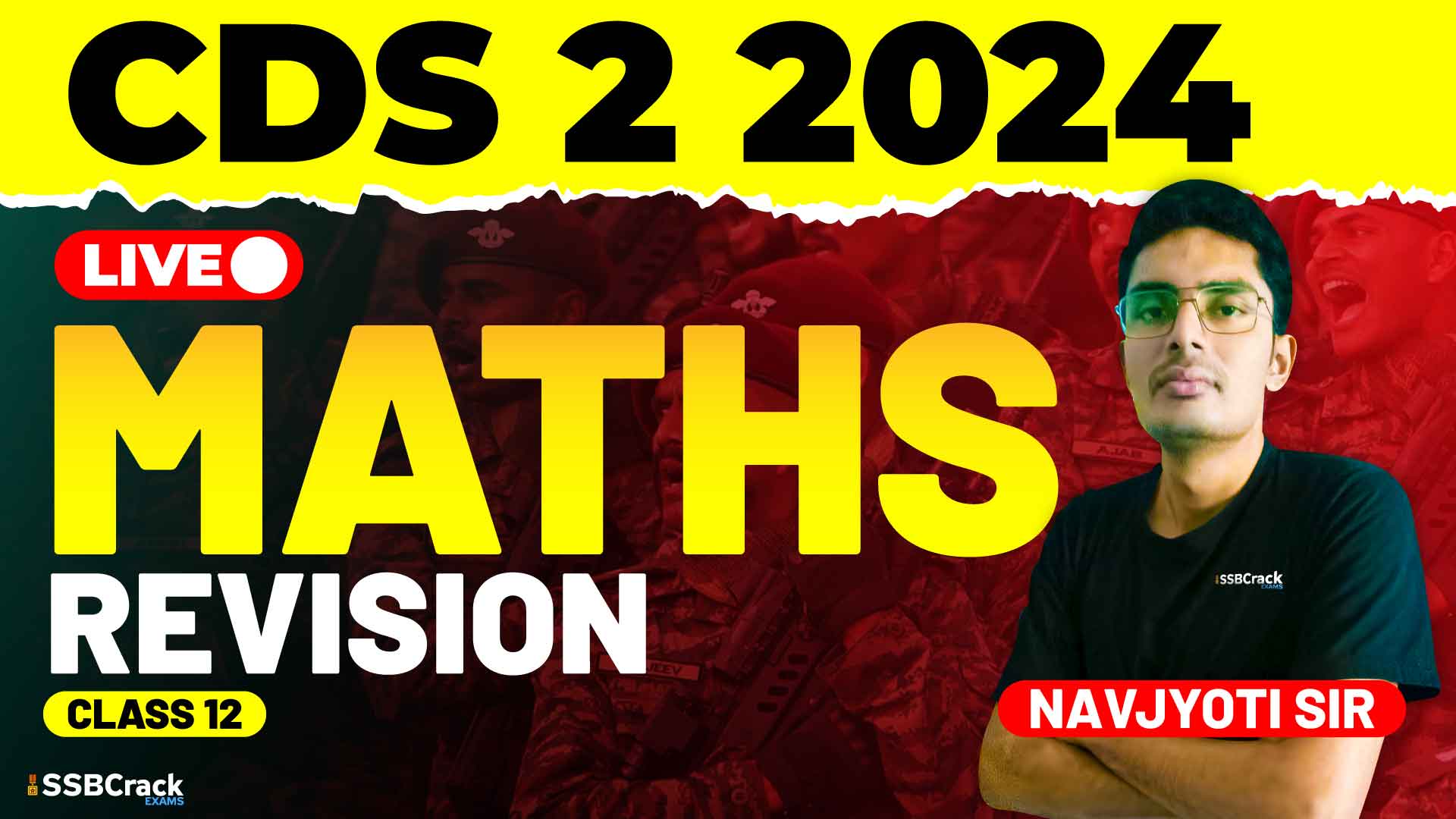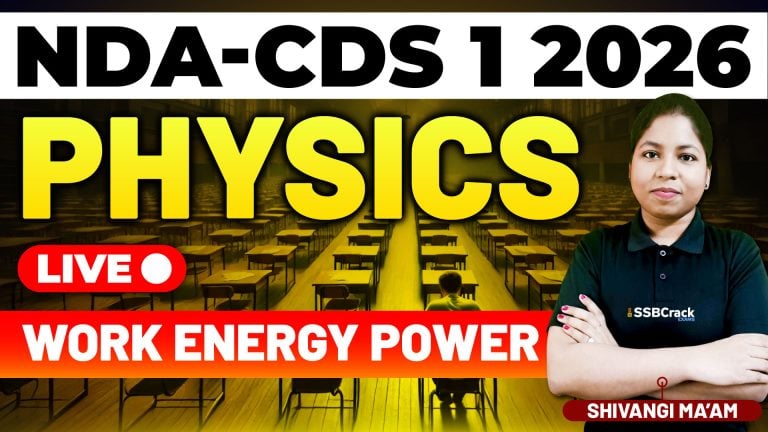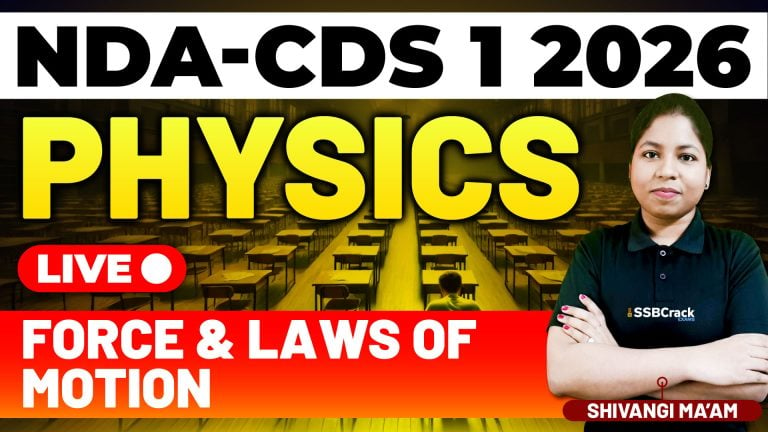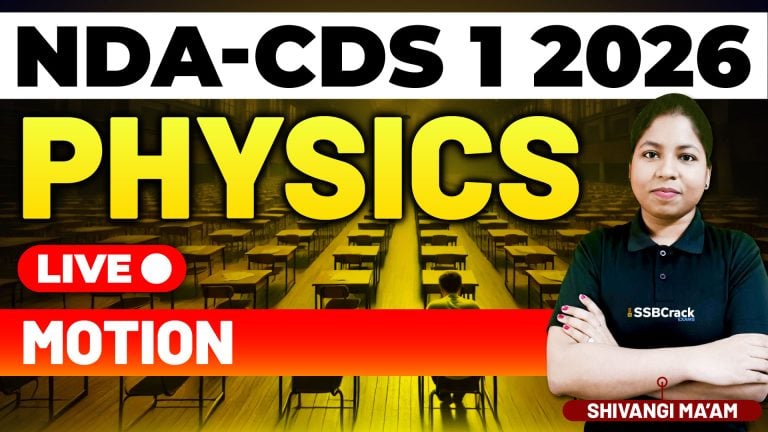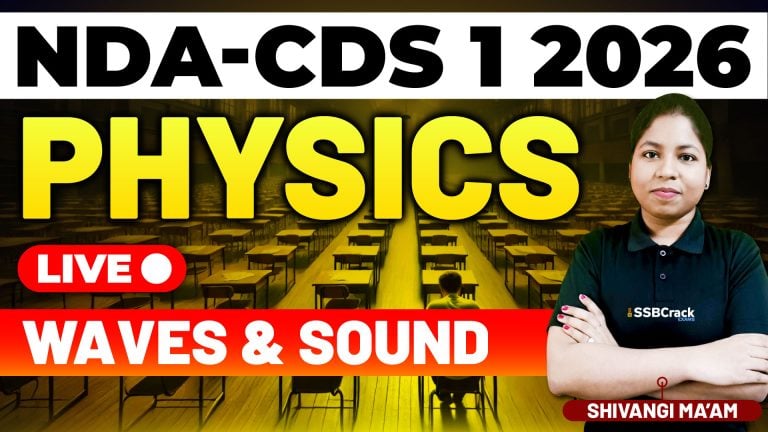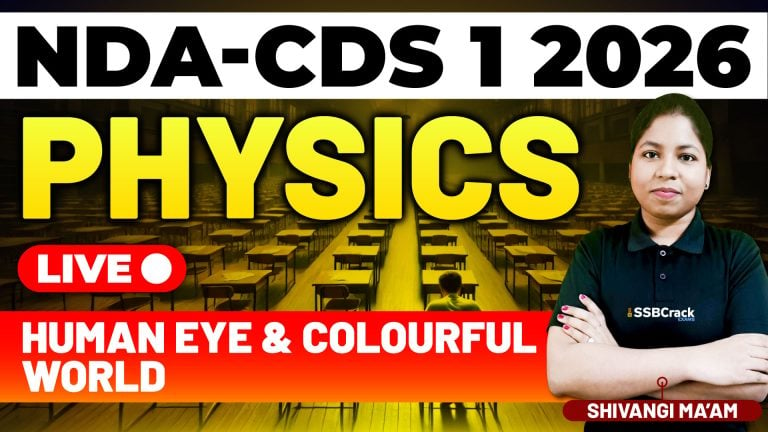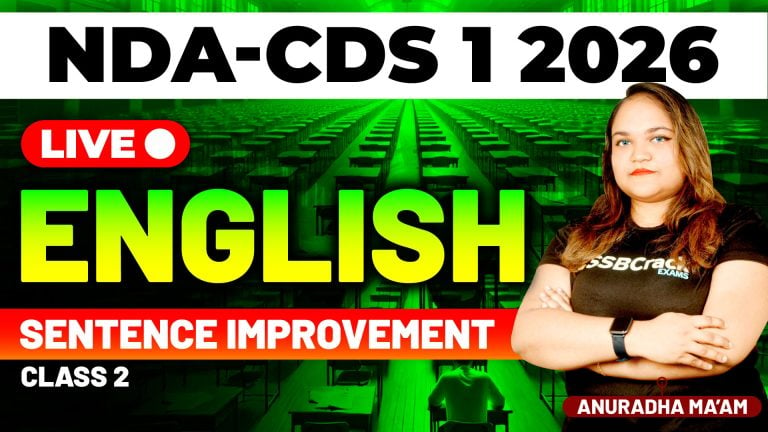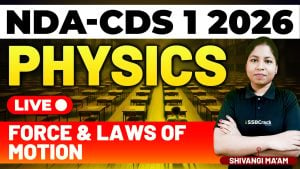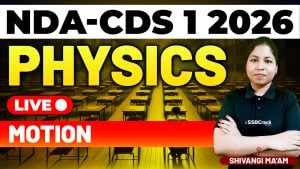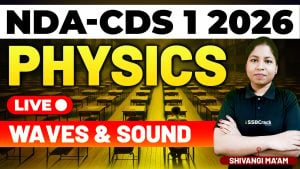Preparing for the Combined Defence Services (CDS) Exam, particularly the Elementary Mathematics paper, requires a solid understanding of core mathematical concepts, including Trigonometry and Geometry. These topics are critical not only for their direct applications but also for their role in developing problem-solving skills essential for the exam. In a recent revision class, these topics were explored through multiple-choice question (MCQ) practice, highlighting key concepts and strategies for tackling these types of questions in the CDS exam. This article will summarize the main points from the class and provide strategies to approach Trigonometry and Geometry MCQs effectively.
Understanding Trigonometry
Trigonometry deals with the relationships between the angles and sides of triangles, especially right-angled triangles. In the context of the CDS exam, the following areas of Trigonometry are particularly important:
- Trigonometric Ratios: The basic trigonometric functions—sine, cosine, tangent—and their reciprocals (cosecant, secant, cotangent) are fundamental. Understanding how these ratios relate to the angles of a triangle is crucial for solving problems.
- Trigonometric Identities: Familiarity with key identities such as the Pythagorean identities, angle sum and difference identities, and double-angle identities is essential. These identities often simplify complex problems and are frequently tested in the exam.
- Solving Trigonometric Equations: Being able to manipulate and solve equations involving trigonometric functions is a skill that can be honed through practice. Such equations may require the use of identities or algebraic manipulation to find the solution.
- Angles and Their Measures: Understanding the relationship between degrees and radians, as well as the concept of reference angles, is vital for solving various trigonometric problems.
- Application of Trigonometry: Real-world problems involving height and distance are common in the CDS exam. These problems typically require you to apply trigonometric ratios to find unknown lengths or angles.
Exploring Geometry
Geometry is the study of shapes, sizes, and the properties of space. The CDS exam often tests your understanding of both basic and advanced geometric concepts:
- Lines and Angles: Understanding the relationships between different types of angles (such as corresponding, alternate, and interior angles) is fundamental. Questions often test your ability to apply these relationships to solve problems involving parallel lines and transversals.
- Triangles: The properties of different types of triangles (equilateral, isosceles, and scalene) are frequently tested. Important concepts include the Pythagorean theorem, the properties of similar and congruent triangles, and the relationship between angles and sides.
- Quadrilaterals and Polygons: Knowing the properties of various quadrilaterals (such as squares, rectangles, parallelograms, and trapezoids) and how to calculate the interior and exterior angles of polygons is essential.
- Circles: Questions on circles may involve concepts such as the properties of chords, tangents, and secants, as well as the calculation of arc lengths and sector areas. Theorems related to circles, such as the angle subtended by a chord at the center or the angle in a semicircle, are also commonly tested.
- Coordinate Geometry: This involves the study of geometric shapes using a coordinate plane. Key concepts include the distance formula, the midpoint formula, and the equation of a line. Understanding the slope of a line and how to calculate the area of a triangle or quadrilateral using coordinates are also important.
Strategies for Solving MCQs in Trigonometry and Geometry
Success in the CDS exam depends not only on your understanding of the material but also on your ability to apply that knowledge efficiently under exam conditions. Here are some strategies to help you tackle Trigonometry and Geometry MCQs effectively:
- Read the Question Carefully: Start by carefully reading each question to ensure you understand what is being asked. Pay attention to any specific details or constraints mentioned in the problem.
- Use the Process of Elimination: If you’re unsure of the correct answer, eliminate the options that are clearly incorrect. This increases your chances of selecting the correct answer, even if you have to guess.
- Simplify the Problem: For complex problems, break them down into simpler parts. In Trigonometry, for example, consider simplifying expressions using trigonometric identities before attempting to solve them. In Geometry, visualize the problem or draw a diagram to clarify relationships between different elements.
- Check for Special Triangles and Angles: In Trigonometry, recognize when special triangles (such as 30-60-90 or 45-45-90 triangles) can be used to simplify the problem. Similarly, in Geometry, be aware of key angles (like 90° or 180°) that can make calculations easier.
- Practice Visualization: For Geometry problems, particularly those involving 3D shapes or complex diagrams, try to visualize the problem or sketch it out. This can help you better understand the spatial relationships and find the solution more quickly.
- Remember Common Theorems: In Geometry, remember and apply common theorems, such as the Pythagorean theorem, properties of similar triangles, and circle theorems. These can often provide shortcuts to solving problems.
- Manage Your Time: Time management is crucial in the CDS exam. If a question seems too difficult or time-consuming, mark it and move on. Return to it later if you have time remaining.
- Practice Regularly: Regular practice is essential for mastering Trigonometry and Geometry. The more you practice, the more familiar you become with the types of questions asked and the quicker you can solve them.
Conclusion
Trigonometry and Geometry are integral parts of the CDS Elementary Mathematics paper, and mastering these topics is crucial for success in the exam. The recent class on these subjects provided valuable insights and strategies that can help you approach MCQs with confidence.
By focusing on understanding the fundamental concepts, simplifying complex problems, and employing strategic approaches to MCQs, you can significantly enhance your performance. Consistent practice and a clear understanding of key concepts are the keys to excelling in the CDS exam. Approach your studies with diligence, and you’ll be well on your way to success.
